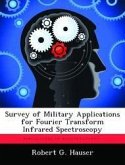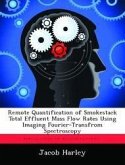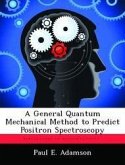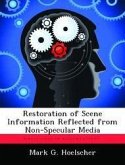Improved understanding of midwave infrared (1-5 micron) spectral emissions from detonation fireballs is needed to develop phenomenological models for battle space optical forensics. The ability to measure radiance over a wide band pass at arbitrary resolutions make Fourier-transform spectrometers (FTS) an attractive tool. However, interferometer based spectroscopic measurements can be corrupted when the observed intensity changes during data acquisition. While small, random fluctuations in scene intensity translate into noise, systematic variations introduce scene-change artifacts (SCAs)into Fourier-transformed spectrum. Approximating a detonation fireball as a blackbody radiator, modified with an atmospheric attenuation Tatm,with an exponentially cooling temperature T(t)=T0e -kt,double sided interferograms from an ideal Michelson interferometer were simulated and converted to a measured spectrum Lm to characterize the nature and magnitude of SCAs.
Hinweis: Dieser Artikel kann nur an eine deutsche Lieferadresse ausgeliefert werden.
Hinweis: Dieser Artikel kann nur an eine deutsche Lieferadresse ausgeliefert werden.








